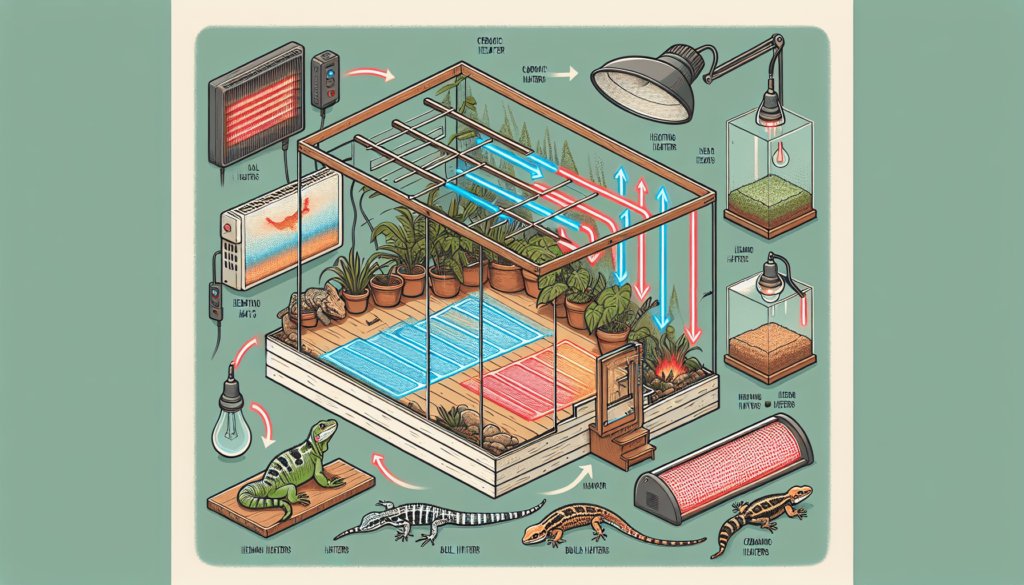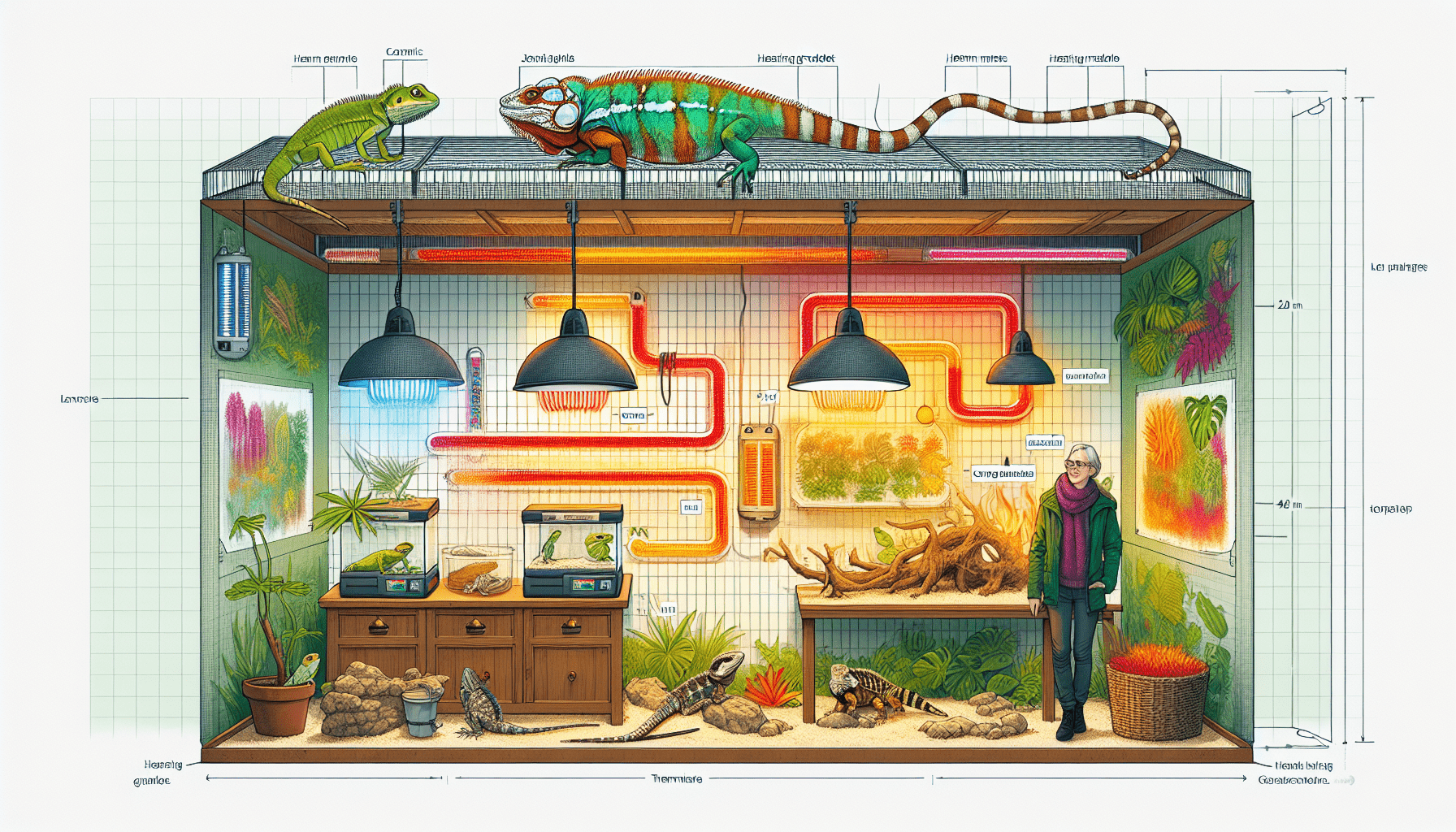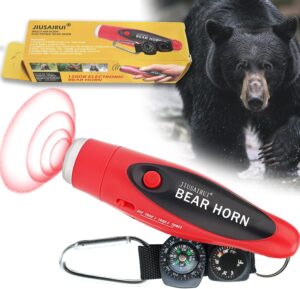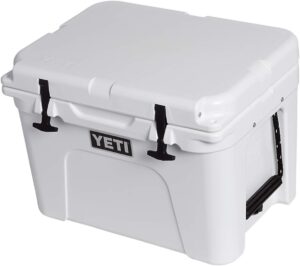
How Do You Heat A Large Reptile Enclosure?
If you’re a proud owner of a large reptile enclosure, you may have wondered how to keep your scaly companions warm and comfortable. Fear not, for in this article, we will explore the best methods for heating a spacious reptile habitat. From specialized heating equipment to strategic placement of heat sources, we will guide you through the process of providing optimal warmth for your reptilian friends. So sit back, relax, and let’s discover the secrets of heating a large reptile enclosure together.

Size of the enclosure
Consider the dimensions
When heating a large reptile enclosure, the first thing you need to consider is the size of the enclosure itself. The dimensions of the enclosure will play a crucial role in determining the heating requirements. A larger enclosure will require a more powerful heat source compared to a smaller one. So, make sure to measure the length, width, and height of the enclosure accurately.
Calculate the volume
Once you have the dimensions of the enclosure, it is important to calculate the volume. This will give you a better understanding of the amount of air that needs to be heated. To calculate the volume, multiply the length, width, and height of the enclosure. The result will be in cubic inches or cubic feet, depending on the units used for measurements.
Determine the heating requirements
After calculating the volume of the enclosure, you can determine the heating requirements. Different reptiles have different temperature requirements, so it is essential to research the specific heating needs of your reptile species. You need to consider the desired temperature gradient, which is the variation in temperature across different areas of the enclosure. This will allow your reptile to regulate its body temperature effectively.
Types of heating sources
Heat lamps
Heat lamps are a popular choice for heating reptile enclosures. They provide a concentrated source of heat and light. Heat lamps come in various wattages, so you can choose one that provides the appropriate amount of heat for the size of your enclosure. It is important to position the heat lamp at a suitable distance from the enclosure to avoid overheating or burning the reptile.
Ceramic heat emitters
Ceramic heat emitters are another great option for heating large reptile enclosures. They emit infrared heat, which can penetrate the enclosure and effectively warm the air inside. Ceramic heat emitters do not produce light, which makes them ideal for reptiles that prefer a darker environment. These emitters also come in different wattages, allowing you to choose the right one for your enclosure size.
Under tank heaters
Under tank heaters, also known as heat mats, are commonly used to provide heat from below the enclosure. They are especially useful for reptiles that require belly heat, such as snakes. Under tank heaters adhere to the bottom of the enclosure and produce a controlled amount of heat. However, it is important to monitor the temperature closely, as excessive heat can cause burns or discomfort to your reptile.
Positioning the heating sources
Placement within the enclosure
When positioning heating sources, it is crucial to consider the placement within the enclosure. The heat source should be placed in a way that allows for the even distribution of heat throughout the enclosure. A centralized location is often ideal, as it enables the heat to radiate evenly in all directions.
Avoid direct contact with reptiles
Regardless of the heating source you choose, it is essential to ensure that there is no direct contact between the reptiles and the heating element. This will prevent the risk of burns or injuries to your reptile. Use suitable fixtures or guards to keep your reptile safely away from the heat source.
Provide a temperature gradient
Creating a temperature gradient within the enclosure is essential for your reptile’s well-being. This means providing different temperature zones within the enclosure, allowing your reptile to move between warmer and cooler areas as needed. By strategically placing the heating sources, you can achieve a desired temperature gradient, with a warmer basking area and a cooler area for rest and regulation of body temperature.
Monitoring and controlling the temperature
Using thermometers
To ensure the proper heating of your large reptile enclosure, it is necessary to monitor the temperature accurately. Use reliable thermometers to measure the temperature at various locations within the enclosure. Digital thermometers with remote sensors are particularly convenient, allowing you to monitor the temperature without disturbing your reptile.
Thermostats and timers
Thermostats and timers are valuable tools for controlling and maintaining the temperature in your reptile enclosure. A thermostat can automatically regulate the heat source based on the desired temperature range, ensuring that the enclosure stays within the optimal temperature parameters. Timers can be used to control the duration of heating, mimicking the natural day and night cycles for your reptile.
Maintaining consistency
Consistency is key when it comes to heating a large reptile enclosure. Fluctuating temperatures can be stressful for reptiles and may even lead to health issues. Regularly check and adjust the heating sources, monitor temperature readings, and ensure that the desired temperature gradient is maintained throughout the enclosure. This will provide your reptile with a comfortable and stable environment.

Insulation and heat retention
Insulating the enclosure
Insulating the enclosure can help in conserving heat and maintaining a stable temperature. Use materials such as polystyrene, foam boards, or insulation tape to minimize heat loss through the enclosure walls. Ensure proper sealing to prevent drafts and cold air from entering.
Using heat-retaining substrate
Choosing a heat-retaining substrate can also contribute to effective heat retention in your reptile enclosure. Substrates like reptile carpet or coco fiber can help trap heat and create a warmer environment for your reptile. Avoid using materials that may interfere with or block the heating sources.
Covering the enclosure
Covering the enclosure with appropriate materials can further aid in heat retention. Heavy-duty blankets, thermal curtains, or even specialized reptile enclosure covers can help to insulate the enclosure and prevent heat from escaping. Just ensure that the covering does not obstruct ventilation or create any safety hazards.
Additional heat sources
Basking lights
Basking lights are an additional heat source that can provide localized heat for reptiles. They simulate the warmth of the sun and create a focal point for the reptile to bask and regulate its body temperature. Basking lights should be positioned at an appropriate distance to avoid overheating or burning your reptile.
Heat panels
Heat panels, also known as radiant heat panels, are a modern and energy-efficient way to heat large reptile enclosures. They are usually mounted on the ceiling or walls of the enclosure and emit infrared radiation to warm the enclosure. Heat panels provide gentle and even heat distribution, creating a comfortable environment for your reptile.
Radiant heat panels
Radiant heat panels, similar to heat panels, emit radiant heat. They are particularly beneficial for larger reptile enclosures as they can cover a larger area. Radiant heat panels are energy efficient and can help maintain a consistent and comfortable temperature within the enclosure.
Safety considerations
Avoiding overheating
While providing adequate heat is important, it is equally crucial to avoid overheating the enclosure. Higher temperatures can be harmful or even fatal for reptiles. Always monitor the temperature closely and make sure the heating sources are set to appropriate levels. If using thermostats, ensure they are functioning correctly and regularly check for any malfunctions.
Preventing burns
Burns can be a significant risk when heating a large reptile enclosure. Ensure that all heat sources are properly secured and inaccessible to reptiles. Use appropriate fixtures, covers, or guards to prevent direct contact between the heating elements and the reptiles. Regularly check for any signs of burns on your reptile and adjust the heating accordingly.
Ensuring proper ventilation
Proper ventilation is essential not only for maintaining air quality but also for preventing the enclosure from overheating. Stagnant air can cause heat to accumulate and potentially harm your reptile. Make sure the enclosure has adequate ventilation, allowing fresh air to circulate and preventing excessive heat buildup.
Maintaining humidity levels
Using misting systems
Some reptiles require specific humidity levels in their enclosure. Misting systems can help maintain the desired humidity by periodically spraying fine mist into the enclosure. These systems can be set on timers or controlled manually, allowing you to regulate the humidity according to your reptile’s needs.
Providing water features
Water features, such as pools or shallow tubs, can also help maintain humidity levels. Reptiles that require higher humidity can utilize these features to promote natural behaviors, while also increasing the overall humidity in the enclosure. Ensure that the water is clean and regularly monitored to prevent any health issues.
Monitoring humidity levels
Investing in a reliable hygrometer is crucial for monitoring and maintaining proper humidity levels. Hygrometers measure the moisture content in the air and provide accurate readings. Regularly check the humidity levels within the enclosure and make adjustments as necessary to provide a suitable and comfortable environment for your reptile.
Backup heating options
Emergency heating devices
Having emergency heating devices on hand is essential in case of power outages or equipment failures. Portable heating sources, such as battery-powered heat packs or emergency heat mats, can help maintain adequate temperatures temporarily until power or heating systems are restored.
Secondary heating sources
In addition to the primary heating sources, it is wise to have secondary heating options as backups. This could include additional heat lamps, ceramic heat emitters, or under tank heaters. By having multiple heating sources, you can ensure that your reptile’s heat requirements are met even if one source fails or needs maintenance.
Generator backup
For individuals with larger reptile enclosures, a generator backup system might be necessary. A generator can provide power during prolonged power outages, ensuring that heat sources remain operational and your reptile’s enclosure temperature is maintained.
Consulting with an expert
Seeking professional advice
Heating a large reptile enclosure can be a complex task, especially when considering the specific requirements of different reptile species. If you are uncertain or struggling to provide adequate heating, it is highly recommended to seek professional advice. Veterinarians with reptile expertise or experienced reptile keepers can offer valuable guidance and help tailor the heating setup to your reptile’s specific needs.
Joining reptile owner communities
Joining reptile owner communities and forums can be a great way to connect with experienced reptile keepers and learn from their experiences. Reptile owners often share valuable advice, tips, and recommendations on heating setups that have worked well for their reptiles. Engaging with these communities can help you gain insights and enhance your knowledge about heating large reptile enclosures.
Attending reptile care workshops
Attending reptile care workshops or seminars is an excellent way to gather in-depth knowledge about reptile husbandry, including proper heating techniques. These workshops are usually conducted by experts in the field who can provide hands-on demonstrations and answer any specific questions you may have. Participating in such events can give you a better understanding of the nuances involved in heating large reptile enclosures.
In conclusion, heating a large reptile enclosure requires careful consideration of the enclosure size, selection of appropriate heating sources, strategic positioning, monitoring and controlling the temperature, insulation and heat retention methods, additional heat sources, safety considerations, humidity regulation, backup heating options, and seeking expert advice when needed. By following these guidelines, you can ensure that your reptile’s enclosure provides a comfortable and appropriate environment for their well-being.
How Long Do You Leave Reptile Lights On?
What Color Light Is Best For Reptiles?










